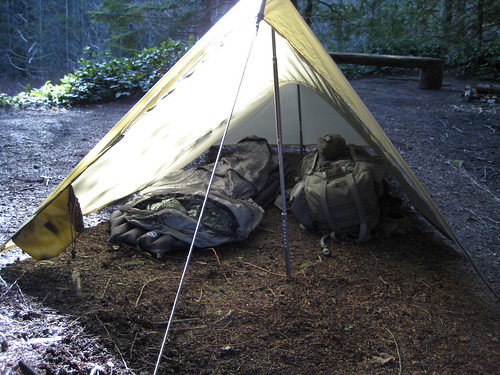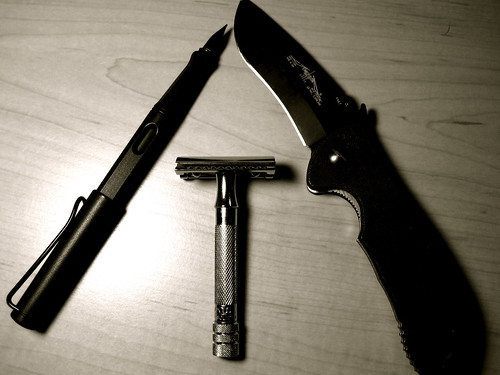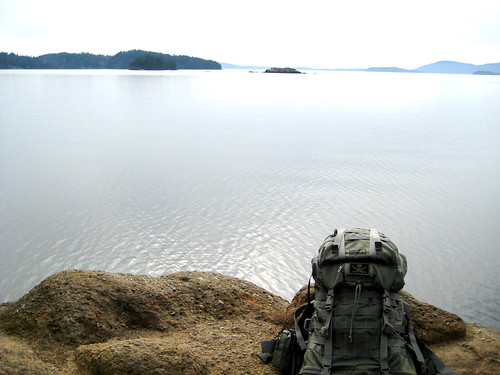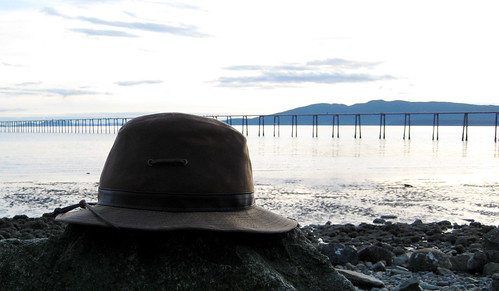Sex and High Heels
Wajahat Ali has a well worth reading review of “Sex and the City” Through a Man’s Eyes.
I’ve never seen the show, but always assumed it was simply about sex (and maybe a city). Apparently, I was wrong. The tv show and film, according to this review, are at best a regurgitation of every harmful female stereotype, and at worse nothing but an advertisement for mass-consumerism. I can’t understand the appeal in shoes, bags, and dresses individually worth thousands of dollars, much less the appeal in watching fantasized characters discuss and prance about in said items for any extended period of time.
Despite their professed independence, pride, ego-centricism and hedonism, the women were still unhappy and discontent without the acknowledgment of some form of a fulfilling male relationship.
It’s as if feminism never happened! As a male who hasn’t even seen the film, I’m insulted by its portrayal of women. Where does its audience come from, I wonder?
In Femininity and the Electric Car, Virginia Scharff discusses the automobile industry at the end of the 19th and beginning of the 20th centuries. She analyzes the marketing of electric cars to women and gasoline cars to men as a form of control of female mobility. The electric cars of the day had top speeds of around 25 mph. They had trouble making it up hills and were limited to a circumscribed range of 60-80 miles. This was seen as conforming to the “sphere” of women’s activities. In the end, this absurd notion lost to the reality of gender. In my mind, high heels – repulsive manifestations of some primordial Evil – are but another instance of patriarchal oppression of women’s mobility. Yet, unlike the electric car, women seem to accept them.
Sex and the City, according to the reviewer, has its women strutting proudly down the street in their torture devices as if proclaiming to everyone in the vicinity “I am an oppressed, ignorant creature! Use my body for what pleasures you will, but please don’t allow my genes to reproduce. Think of the children!”




